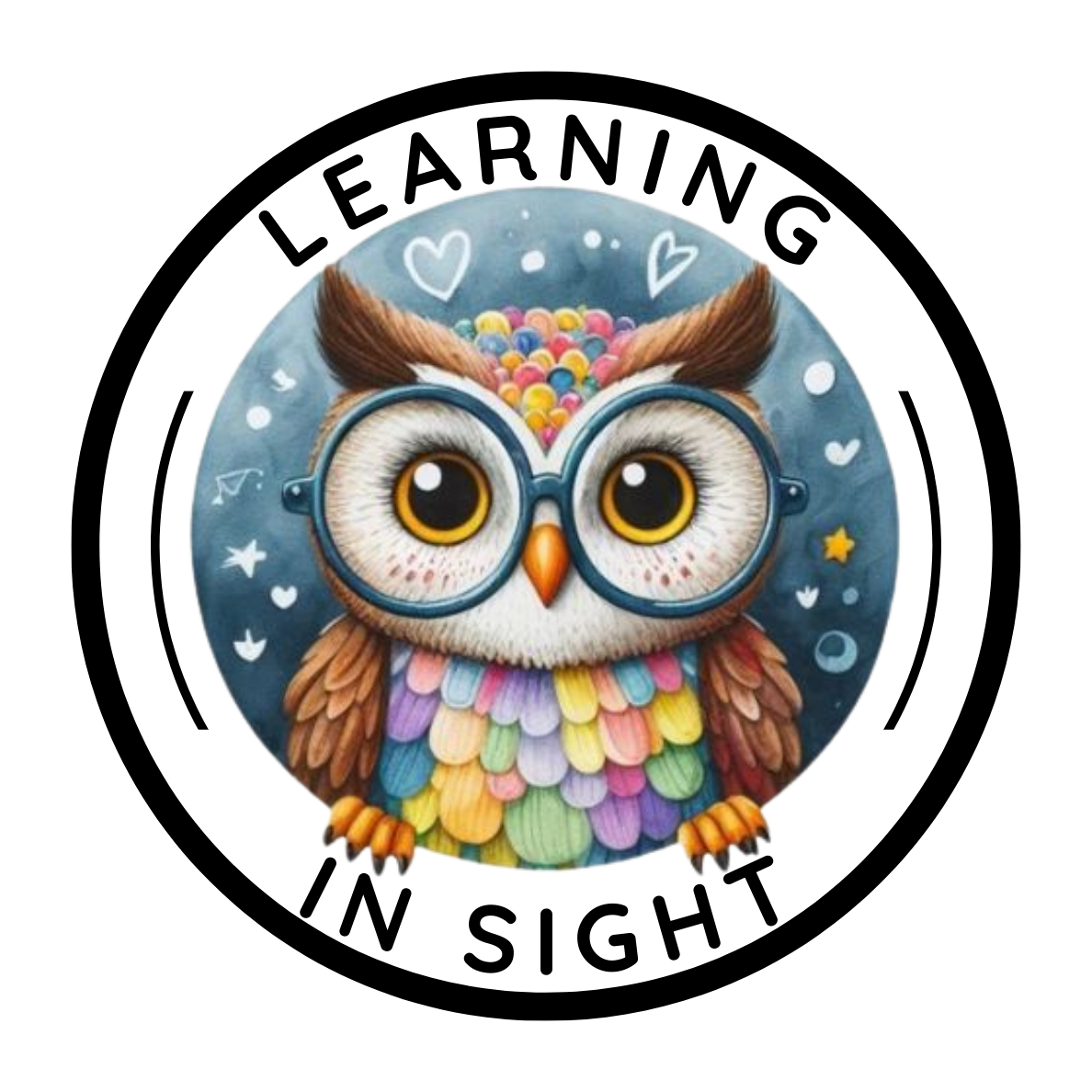As teachers, we understand that our role extends far beyond imparting academic knowledge. We're tasked with nurturing the whole child, equipping them with the skills and tools they need to navigate the complexities of life. One of the most powerful gifts we can offer our students is the ability to regulate their emotions and behaviors – a skill that lays the foundation for success in all aspects of life.
The Power of Self-Regulation:
Self-regulation encompasses the ability to manage one's thoughts, emotions, and behaviors in various situations. It's the cornerstone of emotional intelligence, and its impact extends far beyond the classroom walls. When students learn to regulate their emotions, they're better equipped to handle stress, build positive relationships, and make sound decisions – essential skills for success in school and beyond.
Why Teach Self-Regulation?
Teaching self-regulation isn't just about creating a harmonious classroom environment (although that's certainly a benefit!). It's about empowering our students to become active participants in their own lives. When students learn to recognize and regulate their emotions, they gain a sense of control over their actions and reactions. They become more resilient in the face of challenges and more adept at navigating the ups and downs of life.
Practical Strategies for Teaching Self-Regulation:
- Mindfulness Practices: Introduce simple mindfulness exercises such as deep breathing, guided imagery, and mindful listening to help students develop awareness of their thoughts and feelings.
- Emotional Literacy: Teach students to identify and label their emotions using tools like emotion charts, feeling cards, or journaling prompts. Encourage open discussions about emotions and validate students' experiences.
- Self-Regulation Techniques: Equip students with a toolbox of self-regulation techniques, such as counting to ten, taking deep breaths, or using positive self-talk, to help them manage challenging situations.
- Modeling and Reinforcement: Model self-regulation techniques in your own behavior and provide positive reinforcement when students demonstrate self-control and emotional resilience.
- Cultivating a Supportive Environment: Create a safe and supportive classroom environment where students feel comfortable expressing their emotions and seeking help when needed. Foster a culture of empathy, understanding, and mutual respect.
Teaching self-regulation is not just a pedagogical strategy – it's a gift we give our students that will serve them for a lifetime. By empowering our students to regulate their emotions and behaviors, we're equipping them with the tools they need to thrive academically, socially, and emotionally. We've only scratched the surface of this vast topic, and there's so much more to discover. In the coming weeks, we'll dive deeper into practical strategies, tips, and tricks for effectively teaching self-regulation in the classroom. From innovative mindfulness exercises to proven self-regulation techniques, we'll explore a variety of tools to empower you and your students on this journey.
Warm regards,



